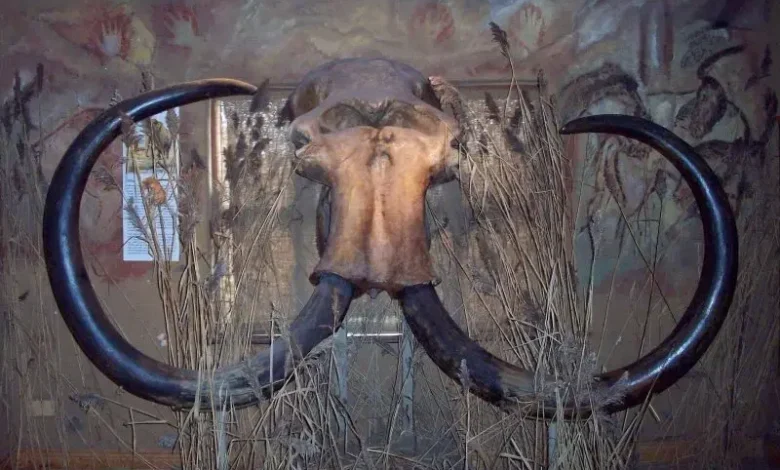Scientists study 9,000-year-old artifacts gathered from North Sea that point to existence of Doggerland


The Thames shorelines have proven to be a fascinating archaeological site, much to the delight of any modern-day mudlark. Mudlarks in London have reported unearthing all kinds of relics and historical artifacts in recent years, from pieces of Roman pottery to Tudor-era shoes.
The London mudlarks’ campaign has sparked so much interest that a Facebook group dedicated to sharing recovered things from the Thames riverbank now has nearly 30,000 followers. However, rivers are not the sole treasure trove of lost fragments of history. It can also be seabeds, like in the case of the North Sea.
The collection of pieces of Roman pottery from the North Sea seabed appears implausible. What fisherman have reported discovering is even more spectacular: ancient bones, tools, and other relics dating back as far as 9,000 years. These discoveries piqued the interest of both British and Dutch archaeologists and paleontologists, as they are probable proof of Doggerland’s submerged history.

This leads us to the last big Ice Age, which was ending some 12,000 years ago. The British Isles were neither British nor islands at the time. Since the European continent’s mainland merged with Britain’s eastern shore, the map looked radically different. The wide stretch of land that joined them was made up of many hills, marshlands, and deep woods, and it occupied a large chunk of where the North Sea waters currently spread.
This area is known as Doggerland, and it was also the home of Mesolithic humans who lived there for many years. These prehistoric people were hunter-gatherers who subsisted primarily on fishing and hunting, as well as fruits, berries, and nuts from the woodlands.
Life must have been wonderful until somewhere between 6,500 and 6,200 BC when experts believe Doggerland began to succumb to increasing sea levels. This prosperous ancient human abode eventually got drowned at the bottom of the sea, forcing the Doggerlanders to move. They also relocated to territories that now belong to both England and the Netherlands.

Experts have recently started working on a computer model that illustrates how Doggerland would have appeared before the floods. The data required to create such a model was obtained mostly from corporations that extract oil from the North Sea. The model used predicts an area of up to 18,000 square miles.
Doggerland, like the enigmatic Atlantis, is now nothing more than a long-sunken and forgotten Stone Age environment, the only vestiges of which are rotted bones and artifacts of its people that end up in fishing nets. Its story might readily be construed as a cautionary tale for the eventual consequences of rapidly increasing sea levels driven by climate change.
 Experts who study and examine Doggerland have quickly linked the circumstances that have sealed its people’s fate to our current climate change reality. Because the Doggerlander communities were low-lying, they were overwhelmed by the oncoming water, and Britain was finally cut off from the continent. According to National Geographic, “if polar ice caps continue to melt at an accelerated rate, a comparable disaster might endanger the billions of people who live within 60 kilometers (37 miles) of a shoreline now.”
Experts who study and examine Doggerland have quickly linked the circumstances that have sealed its people’s fate to our current climate change reality. Because the Doggerlander communities were low-lying, they were overwhelmed by the oncoming water, and Britain was finally cut off from the continent. According to National Geographic, “if polar ice caps continue to melt at an accelerated rate, a comparable disaster might endanger the billions of people who live within 60 kilometers (37 miles) of a shoreline now.”




